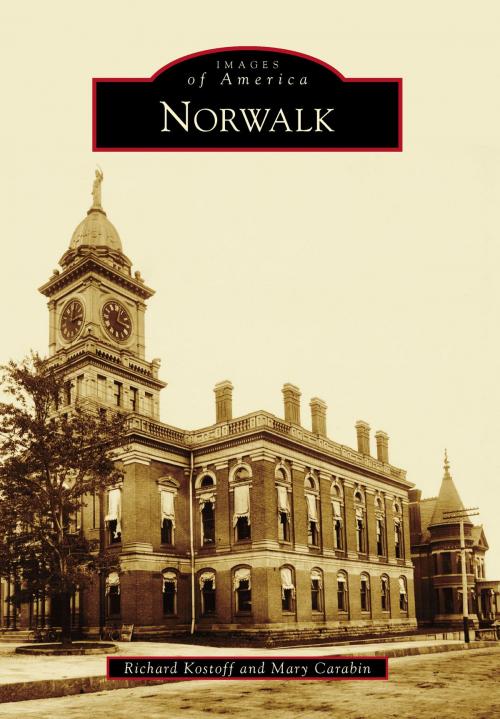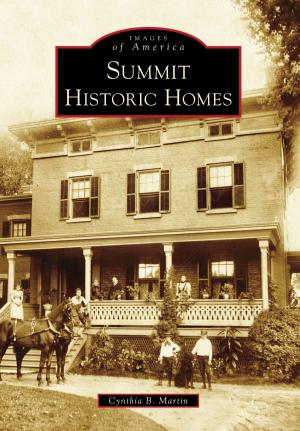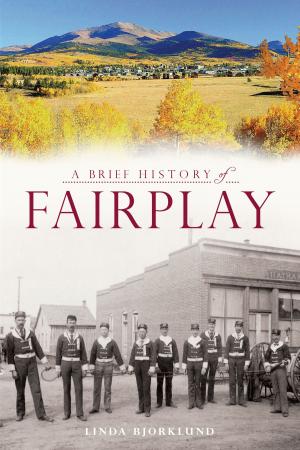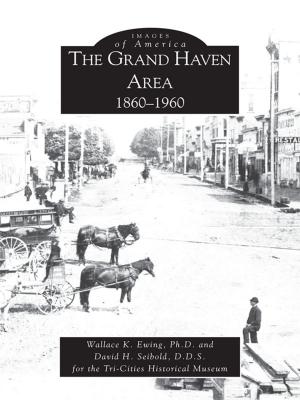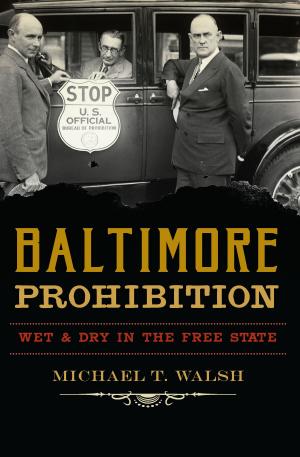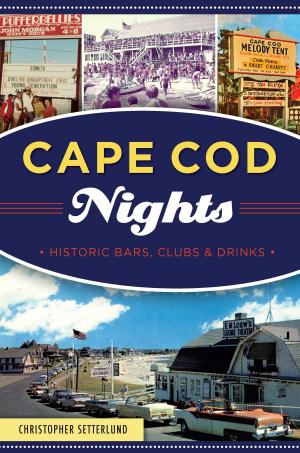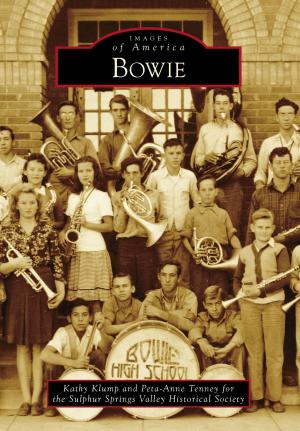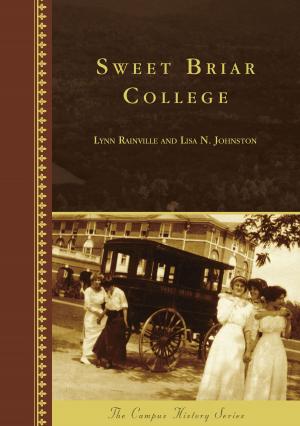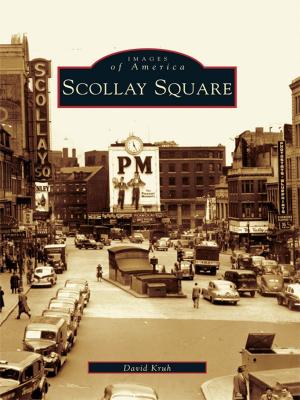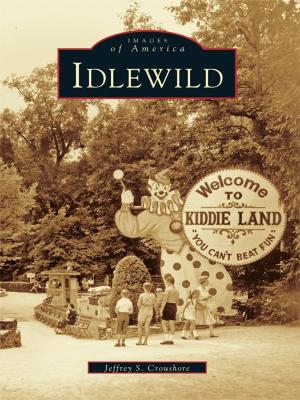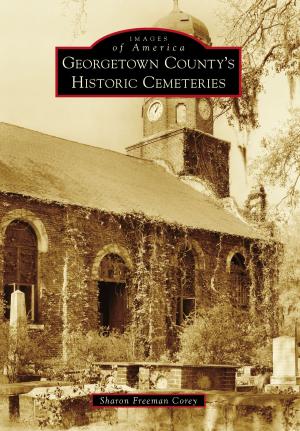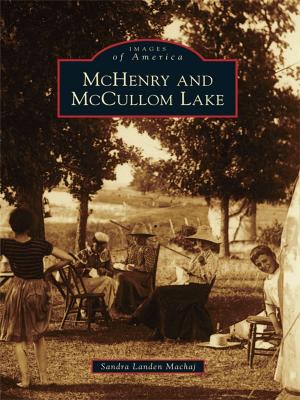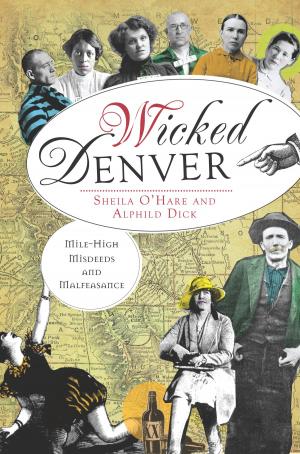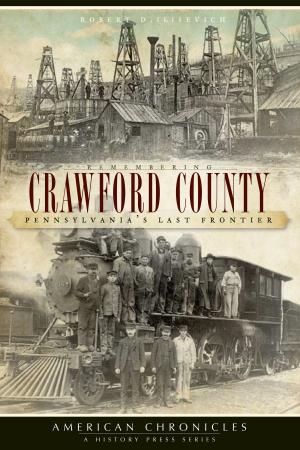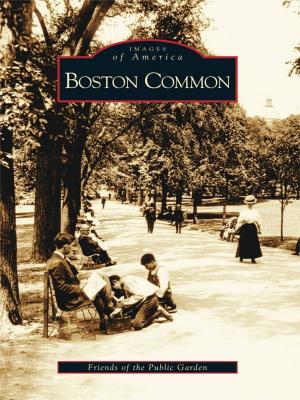| Author: | Richard Kostoff, Mary Carabin | ISBN: | 9781439661185 |
| Publisher: | Arcadia Publishing Inc. | Publication: | June 5, 2017 |
| Imprint: | Arcadia Publishing | Language: | English |
| Author: | Richard Kostoff, Mary Carabin |
| ISBN: | 9781439661185 |
| Publisher: | Arcadia Publishing Inc. |
| Publication: | June 5, 2017 |
| Imprint: | Arcadia Publishing |
| Language: | English |
Established in 1817 by the "Sufferers" from Connecticut, Norwalk was founded by settlers who had their homes destroyed by British troops during the Revolutionary War. As restitution, the federal government provided the land grant known as the Firelands. Located in North Central Ohio on gently rolling plains just south of Lake Erie, the settlement prospered with the spread of the railroads and quickly developed into a robust industrial community. From 1870 to 1970, Norwalk experienced a golden age filled with tragedy and triumph. It sat at the crossroads of transportation, which drove its economy. Starting with the stagecoach and continuing with the railroads, interurban lines, and trucking, the city served as a hub for traffic in all directions. Yankee ingenuity met Ohio opportunity as the city combined its New England-village charm with industrial power. Its historic Main Street features businesses, churches, and homes that are a source of curiosity for tourists in this place where the past coexists with the present. Indeed, Norwalk still thrives as an ideal small town.
Established in 1817 by the "Sufferers" from Connecticut, Norwalk was founded by settlers who had their homes destroyed by British troops during the Revolutionary War. As restitution, the federal government provided the land grant known as the Firelands. Located in North Central Ohio on gently rolling plains just south of Lake Erie, the settlement prospered with the spread of the railroads and quickly developed into a robust industrial community. From 1870 to 1970, Norwalk experienced a golden age filled with tragedy and triumph. It sat at the crossroads of transportation, which drove its economy. Starting with the stagecoach and continuing with the railroads, interurban lines, and trucking, the city served as a hub for traffic in all directions. Yankee ingenuity met Ohio opportunity as the city combined its New England-village charm with industrial power. Its historic Main Street features businesses, churches, and homes that are a source of curiosity for tourists in this place where the past coexists with the present. Indeed, Norwalk still thrives as an ideal small town.
